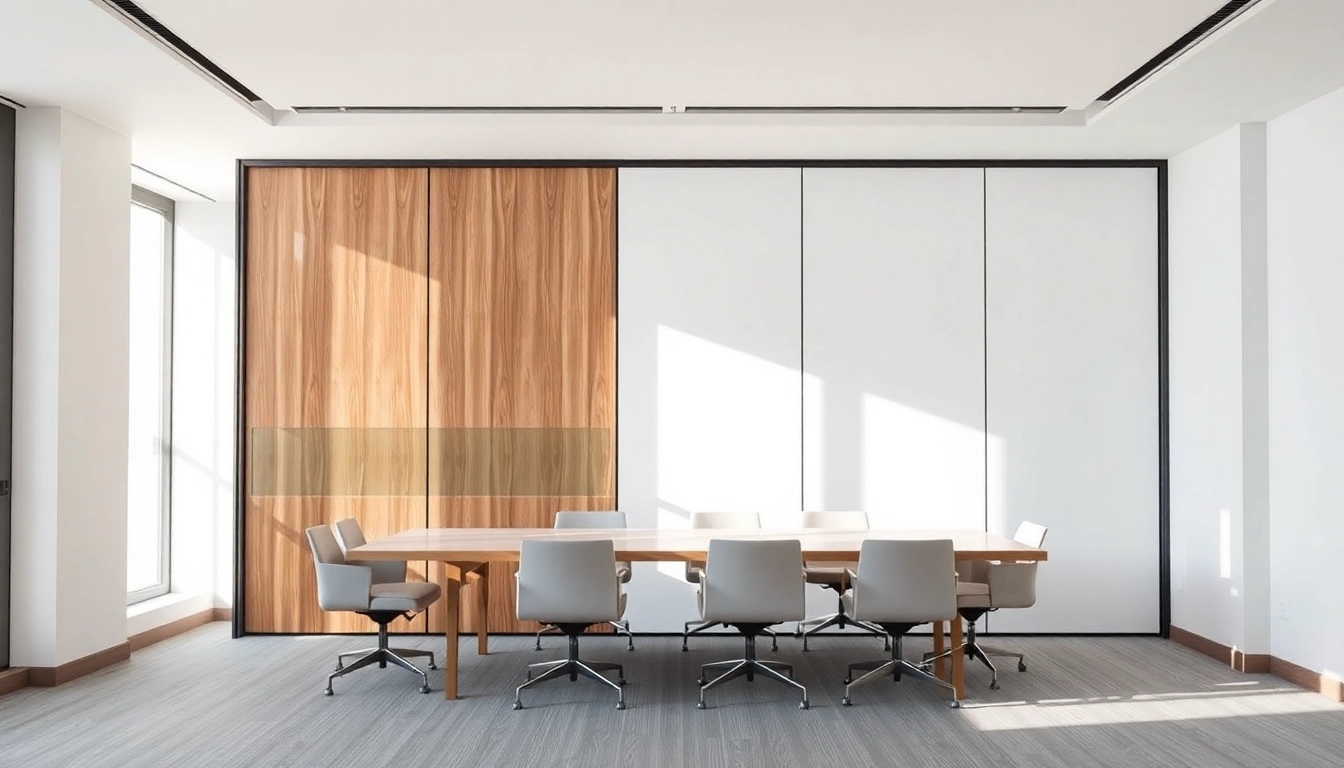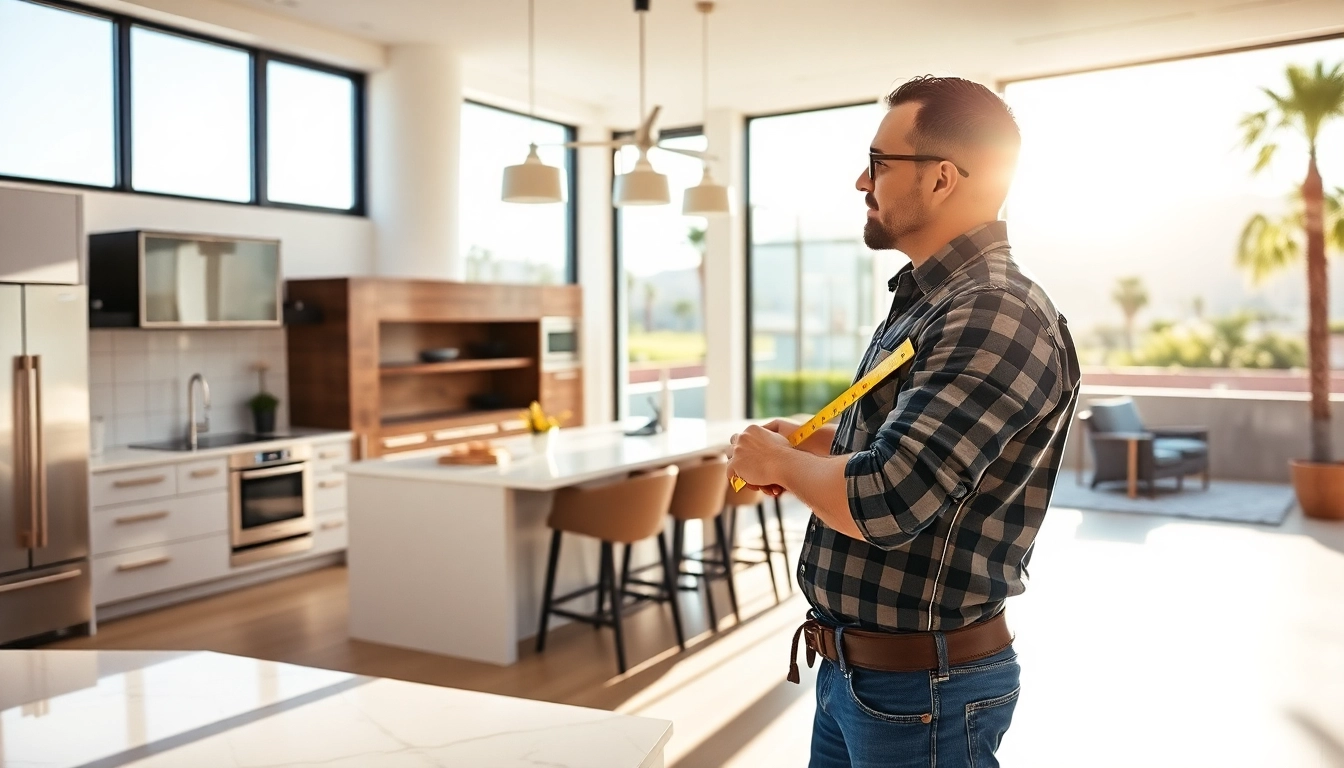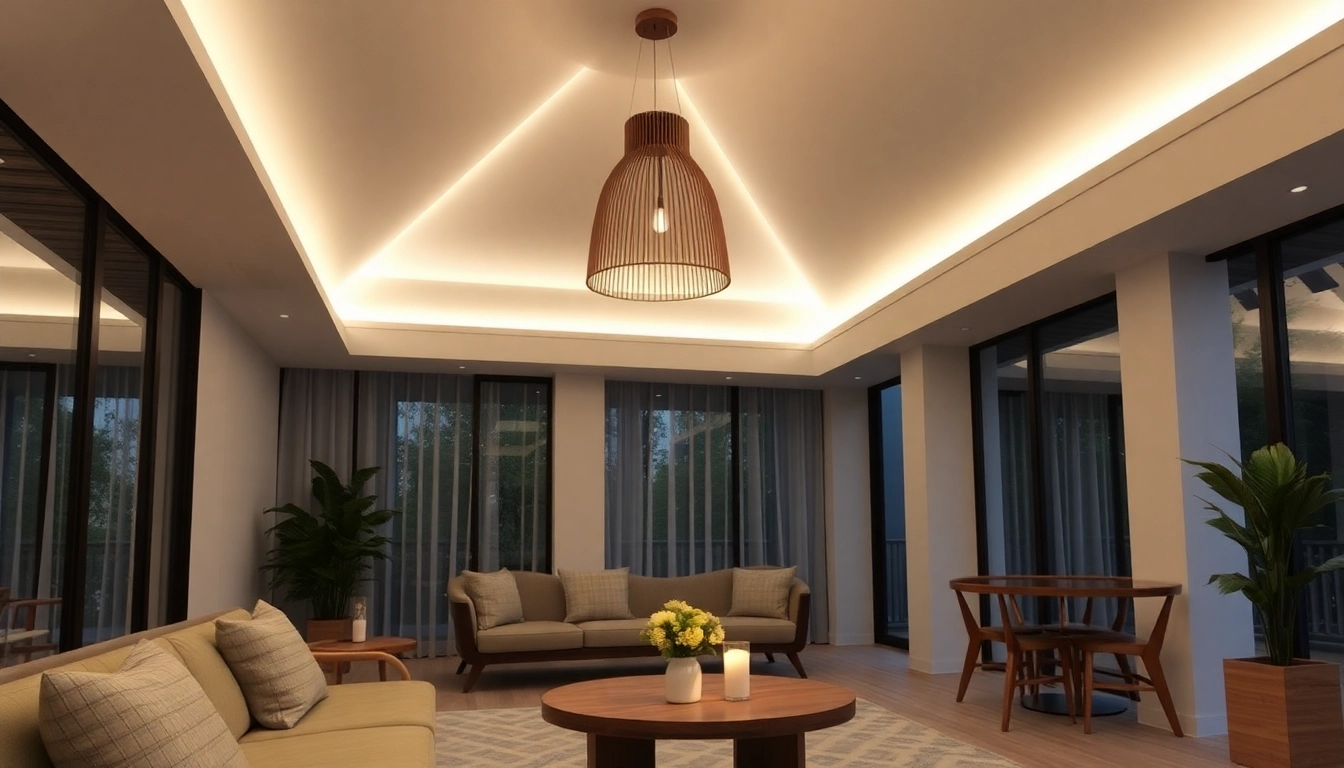Introduction to Folding Partition Walls
In modern architectural design, maximizing the utility of spaces while ensuring aesthetic appeal is a paramount objective. One innovative solution that has garnered attention is the Folding Partition Wall. These versatile walls are not just functional; they offer unique benefits that adapt to various needs in both commercial and residential environments. Understanding their definition, historical context, and importance can significantly enhance the effective utilization of space.
Definition and Purpose
A folding partition wall is a movable wall system designed to divide larger spaces into smaller, more manageable areas. These walls typically fold back against themselves, allowing for flexibility in room configurations. Their primary purpose is to provide adaptability in usage, enabling users to reconfigure their spaces swiftly based on changing needs. Whether used in office settings for creating meeting rooms, classrooms to facilitate group learning, or homes to create distinct areas in open layouts, folding partition walls serve multiple purposes.
Historical Context and Evolution
The concept of movable walls dates back to ancient civilizations, where simple fabric or wooden screens were utilized to create separate areas within a space. As architecture evolved, so did the technology behind these partitions. The invention of lightweight materials and advanced engineering techniques in the 20th century led to the development of more practical and aesthetically pleasing folding partitions. Today’s systems incorporate advanced mechanisms that promote ease of use while also emphasizing design elements that complement interior decor.
Importance in Modern Design
In contemporary architecture, the value of flexibility and adaptability cannot be overstated. Folding partition walls have gained immense popularity due to their ability to transform spaces in real-time, a necessity in today’s fast-paced environments. They are particularly crucial in cities where real estate is at a premium, allowing for more dynamic usage of space without the need for permanent structural changes. This adaptability has made them indispensable in environments such as schools, hotels, and conference venues, where room configurations may need to shift frequently to accommodate different activities or group sizes.
Types of Folding Partition Walls
The variety of folding partition walls available today caters to a range of design preferences, functional requirements, and space characteristics. Here we delve into the different types and materials used, as well as options for customization.
Accordion vs. Bi-Fold Walls
Folding partition walls are often categorized into two primary types: accordion walls and bi-fold walls. Accordion walls comprise multiple panels that fold into themselves like an accordion, allowing for wider openings and more extensive coverage. These are particularly useful in commercial applications where large spaces need to be quickly reconfigured.
Bi-fold walls, on the other hand, consist of two or more panels that pivot and fold, creating a more compact unit when open. They are typically used in residential settings for spaces like kitchens and living areas and are available in various designs to match existing decor. Understanding the differences between these types can aid consumers in selecting the most appropriate option for their needs.
Materials and Aesthetics
The materials used in folding partition walls significantly affect their functionality, durability, and aesthetic appeal. Common materials include:
- Wood: Offers a classic look and can be finished to match existing interiors but can be heavier and might require more maintenance.
- Metal: Provides a sleek, modern appearance and is highly durable, often used in commercial applications.
- Glass: Ideal for spaces requiring natural light and visibility while still providing division; glass folding partitions maintain an open feel.
- Fabric: While vibrant and flexible, fabric partitions are often better suited for temporary setups or casual spaces where flexibility is key.
The choice of material not only influences the visual appeal of the space but also its soundproofing capability and longevity. Consequently, selecting the right material for folding partitions is essential to meet both aesthetic and functional requirements.
Customization Options
Modern folding partitions can be extensively customized to meet specific design and functionality needs. From selecting colors and finishes to configuring the size of the panels, customization ensures that the partition complements the overall aesthetic of the area it inhabits. Some companies offer bespoke designs tailored to unique specifications, allowing for features like integrated lighting, branding elements, and sound insulation. This level of customization can transform folding partitions from mere functional items to integral design features within a space.
Benefits of Using Folding Partition Walls
The incorporation of folding partition walls brings numerous advantages, making them a popular choice in many different environments. Below, we explore the key benefits these solutions offer.
Space Optimization
One of the most significant advantages of folding partition walls is their ability to optimize available space. In environments such as offices, schools, and hotels—where the requirements for open versus closed areas change frequently—these systems allow for easy reconfiguration. For example, a conference room can be transformed into separate meeting areas with minimal effort, making it possible to host multiple events simultaneously without the need for additional real estate.
Acoustic Control Features
Sound control is a critical factor in many settings, particularly in environments requiring confidentiality or concentration. Folding partition walls can be engineered with sound-dampening materials, ensuring that activities in one area do not disturb those in another. This acoustic control is beneficial in schools, offices, and healthcare facilities, where noise can significantly affect performance and well-being.
Cost-Effectiveness
Folding partition walls can also prove to be a cost-effective solution for spatial needs. By enabling the flexible use of existing spaces, they reduce the need for costly renovations or additional construction. Additionally, their durability and low maintenance costs can contribute to long-term savings. Businesses can utilize their current footprint more effectively while minimizing capital expenditure on new real estate.
Best Practices for Installation and Maintenance
To maximize the benefits of folding partition walls, proper installation and maintenance are crucial. This section discusses the best practices in these areas.
Professional Installation vs. DIY
While some might consider a DIY approach when installing folding partitions, it is generally advisable to seek professional installation services. Proper installation ensures that the partitions work seamlessly and that all mechanisms function correctly. Professionals can also ensure that acoustic properties are in place and that the aesthetic integration with existing features is realized. It is an investment that pays off in performance and longevity.
Routine Maintenance Tips
To maintain the integrity and appearance of folding partition walls, routine maintenance is essential. Here are some best practices:
- Regular Inspection: Check for any signs of wear, such as scratches, dents, or deformations in the panels.
- Cleaning: Use appropriate cleaning solutions based on the material—wood, metal, or glass—to maintain their visual appeal.
- Lubrication: For systems with moving parts, regular lubrication ensures smooth operation and reduces wear.
Implementing these maintenance tips can extend the life of the partitions and ensure they continue to function effectively over time.
Common Installation Mistakes to Avoid
To ensure the successful installation of folding partition walls, be mindful of common pitfalls that can undermine their performance:
- Incorrect Measurements: Always double-check dimensions before ordering or cutting materials.
- Neglecting Sound Insulation: Ensure that any sound-dampening materials are installed in conjunction with partitions to achieve desired acoustic results.
- Overloading Panels: Abide by weight limits specified by manufacturers to avoid damage.
Avoiding these mistakes during installation can lead to more effective long-term use.
Case Studies and Real-World Applications
Folding partition walls have seen successful implementations in a range of environments, from commercial spaces to residential settings. Below, we explore various case studies that highlight their versatility and effectiveness.
Commercial Spaces
In commercial applications, folding partition walls often prove invaluable. For instance, a prominent hotel chain adopted folding partitions in their event venues. This allowed them to host multiple functions simultaneously—such as weddings, corporate meetings, and trade shows—without extensive renovations or the need for additional space. Their event spaces could be transformed overnight, accommodating various group sizes and needs. The introduction of these movable walls not only increased revenue potential but also significantly improved guest satisfaction by providing flexible arrangements.
Residential Implementations
In residential properties, homeowners have successfully used folding partition walls to enhance their living spaces. For example, a family living in an urban apartment utilized accordion-style folding partitions to create a home office that could be closed off during work hours and opened up during leisure time. This solution effectively helped them manage their daily activities without sacrificing valuable living space. Such installations emphasize that these dividers can blend functionality with the home aesthetic while maximizing every square foot.
Recommendations and Success Stories
Numerous success stories underscore the practicality of folding partition walls. A university implemented bi-fold walls to optimize classroom usage, allowing for easy rearrangement based on student enrollment and course demands. As a result, the institution reported increased classroom utilization and improved satisfaction among faculty and students alike.
Ultimately, real-world applications consistently demonstrate that folding partition walls can significantly enhance the efficiency of both commercial and residential properties, making them a pragmatic choice for space management.


